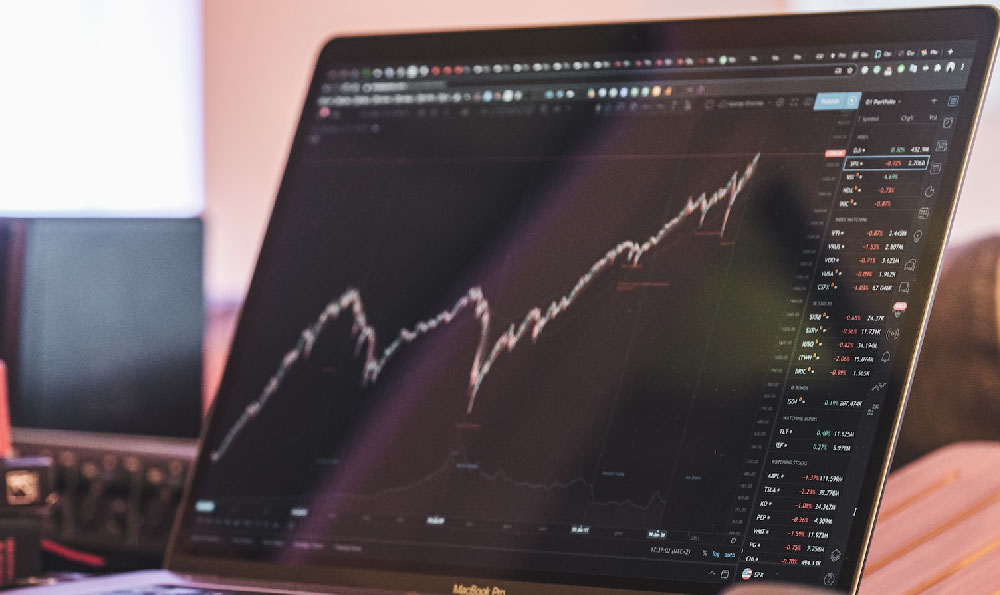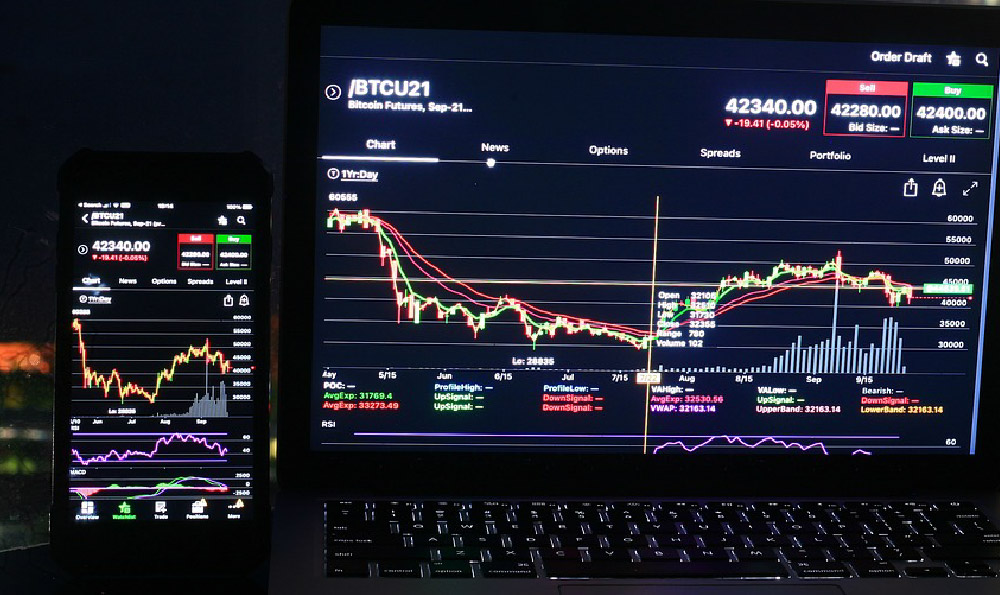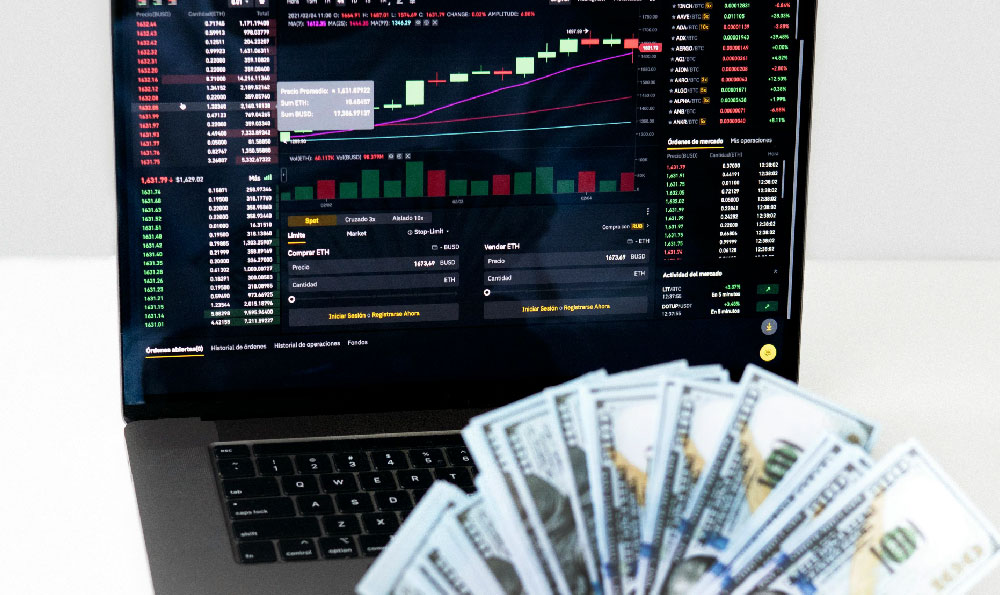The allure of quick riches, especially in the volatile world of cryptocurrency, is undeniable. The question of earning substantial money in a single day trading crypto, however, demands a nuanced and realistic examination. While the possibility exists, it's crucial to understand the intricate factors involved, the inherent risks, and the disciplined approach required to even entertain such a prospect. The idea of substantial daily profits often stems from narratives of overnight successes, fueled by social media hype and the occasional true story. However, these are exceptions, not the rule. The vast majority of individuals who approach cryptocurrency with the expectation of easy, rapid gains end up disappointed, often incurring significant losses.
Let's dissect the conditions under which a significant profit in a single day might be possible. First and foremost, significant capital is often necessary. Trying to generate substantial returns from a small initial investment requires an extremely high-risk approach, essentially gambling. With a larger capital base, you have the ability to employ more sophisticated strategies and diversify your holdings, mitigating some, though never all, of the risk.
Second, identifying and capitalizing on short-term market anomalies is critical. This requires a deep understanding of technical analysis, on-chain metrics, and market sentiment. Technical analysis involves studying price charts, identifying patterns, and using indicators to predict future price movements. On-chain metrics provide insights into network activity, such as transaction volume, active addresses, and whale movements, which can signal potential shifts in supply and demand. Monitoring market sentiment involves gauging the overall mood of investors through social media, news outlets, and sentiment analysis tools. Recognizing and reacting to these signals swiftly and accurately is paramount.

For example, consider a situation where a little-known altcoin is suddenly listed on a major exchange. This event often triggers a rapid surge in price as accessibility increases and new investors flood in. A skilled trader with prior knowledge of the listing could buy the altcoin before the announcement and sell it shortly after the price spike, capturing a quick profit. However, even in such a scenario, timing is everything, and the price could just as easily plummet if the initial hype fades or if the exchange experiences technical issues.
Another example is arbitrage trading. This involves exploiting price discrepancies for the same cryptocurrency across different exchanges. If Bitcoin is trading at $30,000 on Exchange A and $30,100 on Exchange B, an arbitrageur can buy Bitcoin on Exchange A and simultaneously sell it on Exchange B, pocketing the $100 difference (minus transaction fees). While the profit margin per trade is small, executing numerous arbitrage trades throughout the day can accumulate into a significant sum. This strategy requires sophisticated trading bots and fast execution speeds to capitalize on fleeting price differences. The increased cost of these tools can eat into potential profits, as well as the potential for miscalculation due to transaction fees can eliminate the potential profits.
Third, risk management is non-negotiable. Even with the best strategy, losses are inevitable. Setting stop-loss orders is crucial to limit potential downside. A stop-loss order automatically sells your cryptocurrency if the price falls to a pre-determined level, preventing further losses. Without stop-loss orders, a single negative news event or unexpected market correction could wipe out your entire investment. You must also be prepared to accept losses and move on. Emotional trading, driven by fear or greed, is a surefire path to financial ruin.
Fourth, awareness of market manipulation is essential. The cryptocurrency market is still relatively unregulated, making it vulnerable to pump-and-dump schemes and other forms of manipulation. These schemes involve artificially inflating the price of a cryptocurrency through coordinated buying, followed by a sudden sell-off, leaving unsuspecting investors with substantial losses. Be wary of any cryptocurrency that experiences an unusually rapid price surge with no fundamental reason. Always conduct thorough research and due diligence before investing in any cryptocurrency.
Fifth, transaction fees, slippage, and taxes significantly affect potential profits. Every trade incurs transaction fees charged by the exchange or network. Slippage refers to the difference between the expected price of a trade and the actual price at which it is executed, particularly in volatile markets. Additionally, profits from cryptocurrency trading are subject to taxation, which can vary depending on your jurisdiction. These factors must be carefully considered when calculating potential profits and implementing trading strategies.
It is also paramount to remain informed about macroeconomic trends and geopolitical events. Interest rate hikes, inflation data, and political instability can all significantly impact the cryptocurrency market. Understanding how these factors influence investor sentiment and market behavior is crucial for making informed trading decisions.
Finally, understand the psychological toll of high-frequency trading. The constant monitoring of market conditions, the need to make split-second decisions, and the inevitable experience of losses can be incredibly stressful. This stress can lead to poor decision-making and ultimately undermine your trading success. Prioritize mental well-being and take regular breaks to avoid burnout.
In conclusion, while earning a significant amount of money in a single day trading cryptocurrency is theoretically possible, it is a highly improbable outcome for most individuals. It requires substantial capital, advanced trading skills, meticulous risk management, and a deep understanding of market dynamics. The inherent risks are significant, and the vast majority of those who attempt it will likely lose money. A more prudent and sustainable approach to cryptocurrency investing involves long-term strategies, diversification, and a focus on fundamental analysis. Building wealth in the cryptocurrency market is a marathon, not a sprint. Focus on gradual, sustainable growth rather than chasing fleeting opportunities for quick riches. Approach the market with a healthy dose of skepticism, a commitment to continuous learning, and a disciplined approach to risk management, and you'll increase your chances of achieving long-term financial success.












